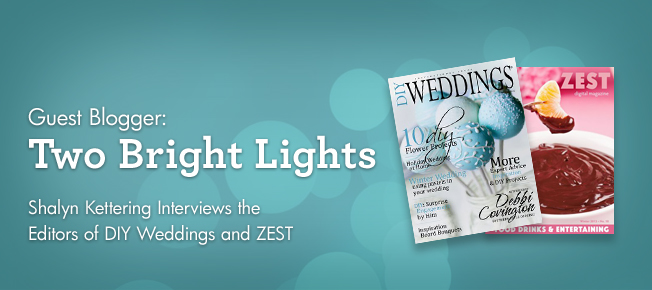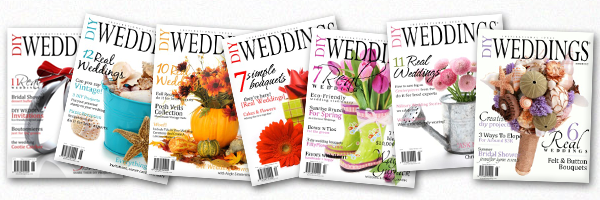For 10 years, Under the Gum Tree has offered writers and artists around the world a place to tell their truth. So often, even our most personal work is shaped by the expectations of others. But on the pages of this micro-magazine, contributors are encouraged to ‘tell stories without shame’ through the mediums of creative nonfiction and visual art. Each edition comprises personal essays, photo essays, and artwork, and with over 30 back issues available, there’s plenty to explore. We caught up with founder and editor, Janna Marlies Maron to learn all we could about this unique publication.

The tagline for Under the Gum Tree, ‘Tell stories without shame’, feels very empowering. Where did this phrase come from? In your experience, what prevents people from telling real stories without shame?
Telling stories without shame grew out of my own experience. In my twenties and early thirties I really struggled with my own sense of self and identity, trying to figure out who I was on my own, separate from how I had been raised. Writing about my experiences, turning them into something beautiful, separate from myself, was integral to my own healing. I experienced first hand the healing power of writing about and sharing my personal story, and I wanted to provide an outlet for others to do the same.
You describe Under the Gum Tree as a micro-magazine. Could you tell us more about the key features of this format and why it felt right for your publication?
Micro-magazine is less about the format and more about the size of our audience and operating budget. We’re not a commercial magazine and we never will be. We don’t have ads or sponsors, and we serve a small, dedicated audience. These decisions made sense for the type of magazine Under the Gum Tree is because I want the visual and literary art to be front and center, free from distraction. I want to produce a magazine with a high production quality in terms of paper, full color, a glossy cover, that elevates the way the art is presented in our pages. Decisions like these are not always possible at larger publications, where editors have to worry about the bottom line.
How do you compose each edition of the magazine? Do you try to include pieces with a similar theme? Do the pieces included in each issue need to complement each other?
We’re a literary magazine first and foremost, and in the literary world writers submit their work to be considered for publication. So we accept submissions and our team of volunteer readers and editors reviews everything in the queue. From there, we make decisions about what to include in each issue based on what we have accepted. We don’t do themes, but we do have themed departments in each issue. Some of our departments include Sound Track (music), Fork and Spoon (food), Stomping Ground (growing up), Those Who Wander (travel), 24 Frames (film). These departments are for personal stories exploring how the different theme or focus affects our lives, shapes us into who we are (not reviews or critique).
We also include two visual artists every issue: one featured on the cover and interior pages between stories, and one photographer with a photo essay. With the magazine being published quarterly, we usually try to select art for each issue that evokes the mood or tone of the season.
How did your team of designers, illustrators, and writers find each other?
This magazine would not exist without our amazing volunteer staff. I started with just a few friends who I recruited to help me, and Robin Martin, my managing editor has been with me since the beginning. Others on the team have found us thorough Craigslist ads, Instagram, or writing conferences. Sometimes we recruit, but other times people reach out to ask about getting involved. I’ve been very lucky to have the opportunity to work with such talented people, all of whom seem to find us at just the right time.
You’ve been publishing with MagCloud for nearly 10 years. What is it about the platform that works well for Under the Gum Tree?
When I first started the magazine, I used MagCloud exclusively for our print version. It was an easy and cost effective way for me to do smaller print runs. I think the first issue I printed maybe 40 copies, which is unheard of with traditional printers. These days I do a larger print run with a printer to fulfill subscriptions and our small newsstand distribution, but MagCloud serves as our point of sale for individual print copies. It’s the perfect solution for us because I don’t have to keep inventory on hand or fulfill individual orders myself. The idea that a single issue can be purchased, printed, and sent directly to the customer is a dream. It saves me so much time, and I’ve always been impressed with the print quality as well.
What advice would you give someone who wants to publish their own micro magazine? What do you wish you’d known when you started?
This is a hard question for me to answer because if I had known when I started how much work publishing a magazine would be, I probably wouldn’t have done it! But I’m the type of person who sets her mind to something, figures things out along the way, and recruits all the help I can get. I started the magazine to see how it would go, and I honestly had no idea that I’d still be publishing it 10 years later.
In a time when content is so readily available online, why do you think printed collections like Under the Gum Tree are still so highly valued and coveted?
Because it’s gorgeous. When I started the magazine I assumed that people would subscribe and buy the digital version—it’s cheaper, more accessible, less clutter, etc. But every year I am more and more surprised that people consistently choose the print version over the digital. It’s a tactile experience, with the gloss of the full-color art, the thickness of the paper—the print version offers a way for readers to engage with the art, adding beauty to their everyday life when it’s displayed on their coffee tables or bookshelves.
Each edition of Under the Gum Tree offers an abundance of thought-provoking inspiration. Where do you look for personal and artistic inspiration?
I’m inspired by stories, both listening and reading. That includes a good podcast, hearing an author read her work, socializing with friends. That includes reading published books, client manuscripts, the submission queue. Regardless of the story, I’m constantly in awe of and inspired by learning from others, how we all continue to wrestle with, process, and overcome the struggles we face in life.
How do your roles as an editor, author, podcast host, and coach overlap and complement each other?
Everything I do is in support of telling and sharing true personal stories. I do this work by publishing the magazine, featuring writers on my podcast, and working with authors as an editor and coach to help them finish their book manuscripts. I believe in the healing power of personal storytelling, and the world needs more of us to share ourselves with each other. My work is in service of that purpose.
Check out the Spring 2021 issue of Under the Gum Tree and explore over 30 more editions.



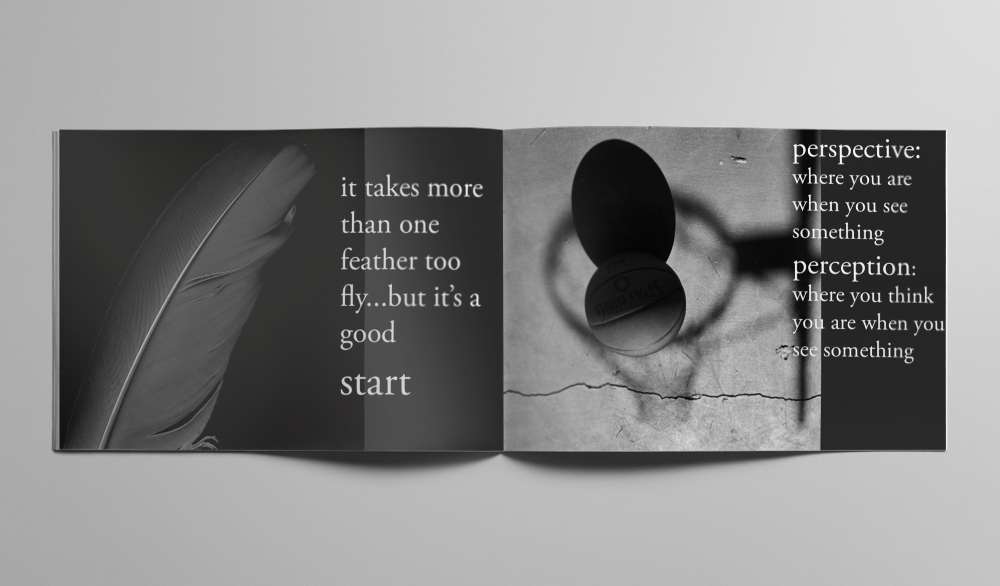

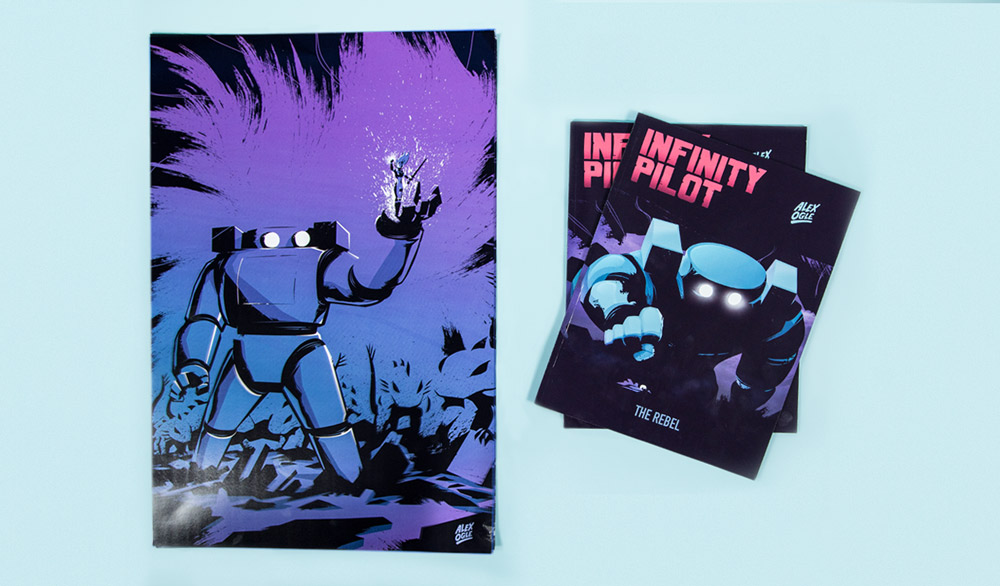




 Back in 2008, when mother-daughter duo Lynne Webb and Erika Pitera launched their recipe and food blog
Back in 2008, when mother-daughter duo Lynne Webb and Erika Pitera launched their recipe and food blog 





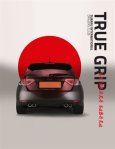






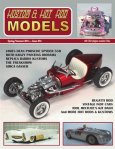

 The words Young & Free come to mind when you mention the name Holli True, and it’s not just because that’s her business’ tagline. The Oregon-based high school senior portrait photographer manages to keep a free spirit and a young attitude finding inspiration in the teen-world around her. In 2010 the savvy businesswoman decided to specialize her business from general photography to a very specific market: high school senior girls. While it may seem like a small niche, Holli has made a name for herself in the region amongst high school girls and in the photography community worldwide. Over the past two years, she’s begun hosting workshops across the US and has spoken at a number of photography conferences and events. Now she’s furthering her reach with a new magazine, set to launch in May of this year.
The words Young & Free come to mind when you mention the name Holli True, and it’s not just because that’s her business’ tagline. The Oregon-based high school senior portrait photographer manages to keep a free spirit and a young attitude finding inspiration in the teen-world around her. In 2010 the savvy businesswoman decided to specialize her business from general photography to a very specific market: high school senior girls. While it may seem like a small niche, Holli has made a name for herself in the region amongst high school girls and in the photography community worldwide. Over the past two years, she’s begun hosting workshops across the US and has spoken at a number of photography conferences and events. Now she’s furthering her reach with a new magazine, set to launch in May of this year.


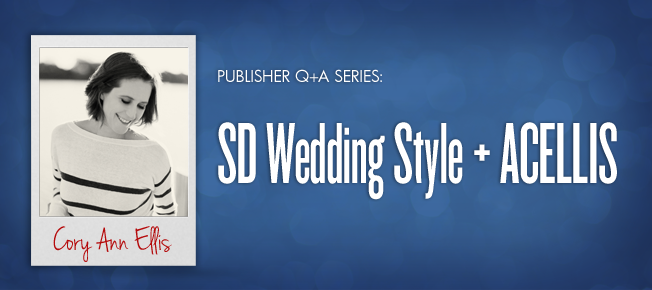



 Visual storytelling is nothing new in the realm of business. Content consumers love the power of an image portraying “1,000” words that leaves enough to the imagination while alluding to a larger point. To that end, MagCloud is running a #
Visual storytelling is nothing new in the realm of business. Content consumers love the power of an image portraying “1,000” words that leaves enough to the imagination while alluding to a larger point. To that end, MagCloud is running a #
